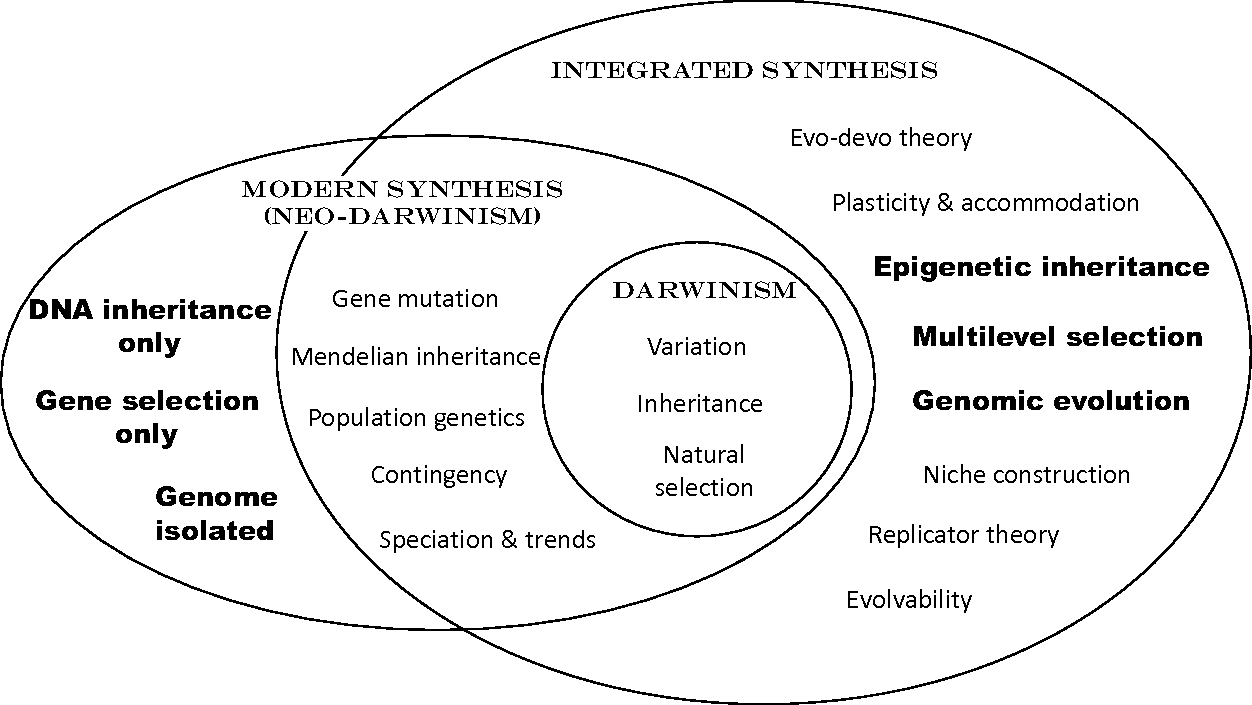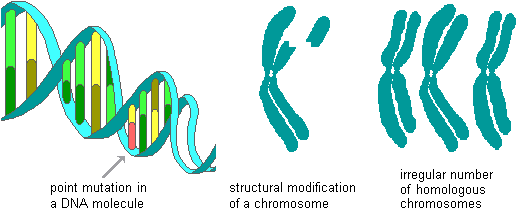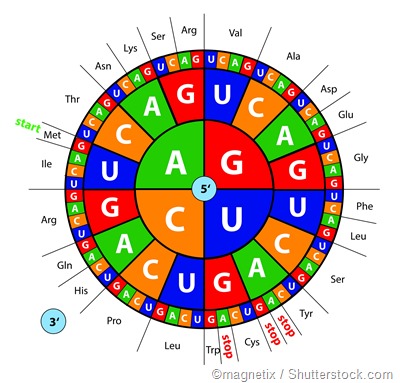Paradoxes in the Origin of Life
Origin of Life
Published: 22 January 2015
Volume 44, pages 339–343, (2014)
The “Open Questions” framework reflects an understandable frustration of many who study “origins” that much of current research into the “origins problem” seems to be no different conceptually from research formulated a half century ago by Orgel, Miller, and other heroes of modern prebiotic chemistry. Discussed here is an alternative approach to guide research into the origins of life, one that focuses on “paradoxes”, pairs of statements, both grounded in theory and observation, that (taken together) suggest that the “origins problem” cannot be solved.
A substantial amount of ink has been consumed by efforts to define life, without consensus. This motivates many of us experimentalists to consciously avoid the “definition trap”. We do so by noting that states of matter can be offered as exemplars for “not life” without controversy, as can states of matter that everyone agrees constitute “life”. The consensus fails to define the boundary between these two. Nevertheless, much productive discussion can follow without needing to identify “the” distinguishing feature that represents “the” unique difference between any pair of states offered. This is illustrated by a recent report on the limits of organic life in the Solar System, whose authors declined to demarcate the difference between life and non-life (Baross et al. 2007; Benner et al. 2004).
Of course, under the language and theory used by modern science to describe states of matter, pairs of “life” and “not-life” exemplars agreed by consensus certainly appear different, and in very many ways, no matter what those exemplars are. This means that the emergence of an indisputably living state (no matter how chosen) from any indisputably non-living state (no matter how chosen) appears to require a “lengthy pathway consisting of many stages” (Szostak 2012). It is, of course, an open question as to whether this appearance truly means that life actually can originate only via a lengthy pathway, or whether this appearance simply reflects incomplete and/or incorrect language and/or theories in these descriptions. Most of us hope that the second is the case, a hope that if realized would point to a very different solution to the “origins” problem. However unjustified this hope might be, classical research in “origins” has offered us little reason to abandon it.Footnote1
However, even if we accept the premise that the emergence of “biology” from “chemistry” necessarily involves a lengthy pathway, we must confront a bigger problem before we attempt to design experiments to re-create such a pathway in a laboratory. We are now 60 years into the modern era of prebiotic chemistry. That era has produced tens of thousands of papers attempting to define processes by which “molecules that look like biology” might arise from “molecules that do not look like biology”, find conditions where oligomers might form spontaneously from those molecules, identify constraints on pre-metabolic cycles that might deliver those molecules without leaking material into the complexity sometimes characterized as “asphalt”, or assemble ways to create chiral compounds largely free from their enantiomers. For the most part, these papers report “success” in the sense that those papers define the term.
And yet, the problem remains unsolved.
...
FREE PDF: Origins of Life and Evolution of Biospheres



















/https://tf-cmsv2-smithsonianmag-media.s3.amazonaws.com/filer/5b/7a/5b7af6d1-cb60-40fe-bb4d-853c7ccbfd26/yellowstone.jpg)







